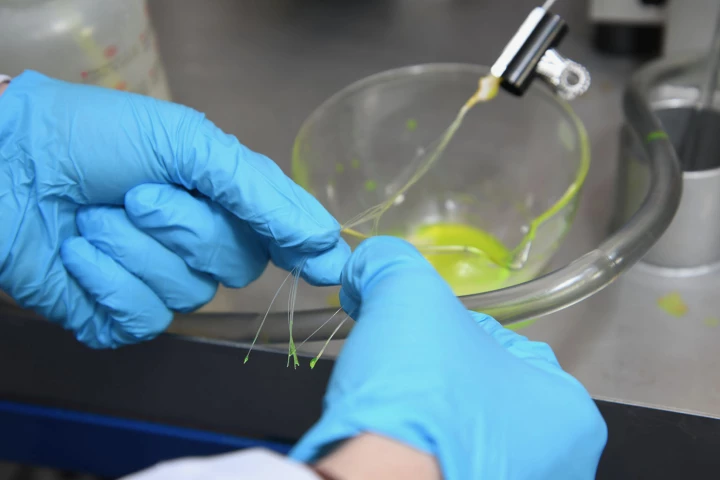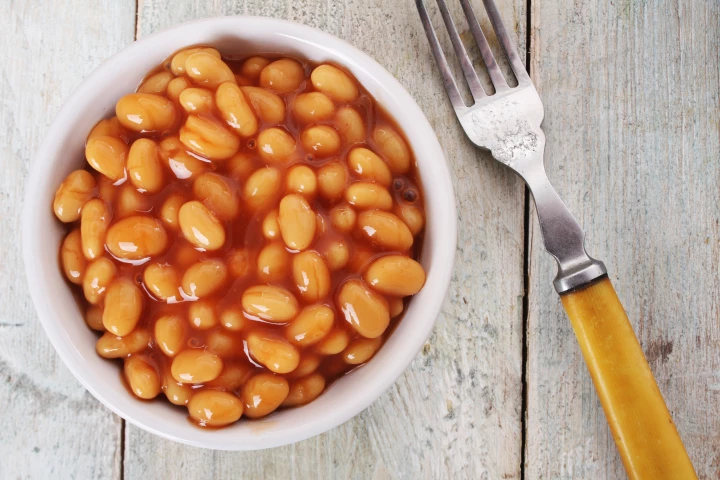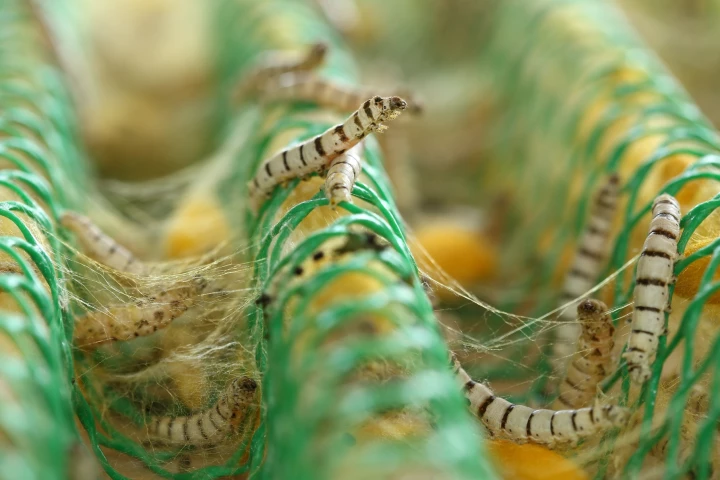Fiber
-
A new study has found that, for most of us, the fiber we eat can protect our heart health, lowering the risk of high blood pressure, heart disease or stroke by up to 20%. It’s more evidence showing that a healthy gut leads to a healthy heart.
-
Not all fiber is created equal, and one particular type – which is most highly concentrated in common breakfast oats – may trigger the same beneficial metabolic functions that GLP-1 agonists like Ozempic do, without the price tag or side-effects.
-
Swiss scientists have developed textile fibers that can be loaded up with just about any drug, then used to dispense that medication right where it's needed in the body. The fibers could be utilized in sutures or bandages, or implanted on their own.
-
There's been no guide on how much dietary fiber you need to eat to reduce blood pressure – until now. A new study has confirmed that it has an effect independent of medication and quantifies just how much is needed to directly impact high blood pressure.
-
An international research team has sent an astounding amount of data at a nearly incomprehensible speed. It's the fastest data transmission ever using a single optical fiber and shows just how speedy the process can get using current materials.
-
Beans don't have the best rep when it comes to our guts. But a new study has shown how a daily dose of navy beans can easily restore gut health in colorectal cancer survivors, revealing their broad benefit in helping protect against chronic diseases.
-
Up to four million Americans may be enduring this common ailment right now. But what if a microbe found in the gut could relieve it and restore gut health? Scientists believe they've found the genetic key that powers this microbe's motility engines.
-
Researchers have created a low-cost fiber that contracts in response to heat, resuming its shape when the heat is removed. Compatible with existing textile-producing machinery, the shape-shifting fiber could have a myriad of uses.
-
Researchers have demonstrated a form of fermentable fiber can lower blood pressure in patients with hypertension. The placebo-controlled trial revealed just three weeks of supplementation decreased blood pressure as effectively as currently used drugs.
-
Nanofibers have recently been utilized in many applications, ranging from wound dressings to high-strength composite materials. Scientists have now developed a faster and simpler method of producing those fibers, which was inspired by the silkworm.
-
RMIT researchers claim FiberX can add up to 20% more healthy dietary fiber to food, without any detectable change to its color, texture or taste. Best of all, the team says it can be made from starches that would otherwise be agricultural waste.
-
Researchers in Germany have demonstrated quantum entanglement of two atoms separated by 33 km (20.5 miles) of fiber optics. This is a record distance for this kind of communication and marks a breakthrough towards a fast and secure quantum internet.
Load More











